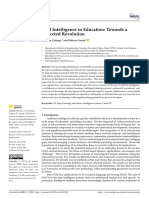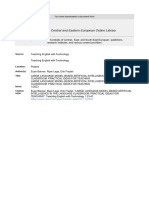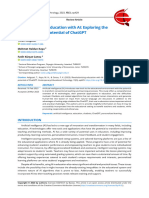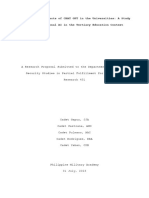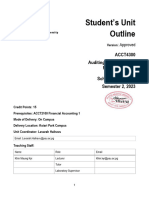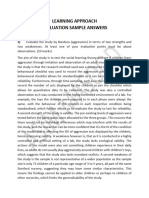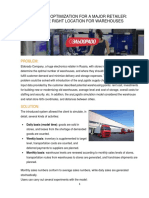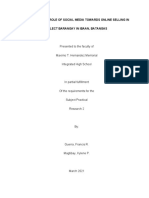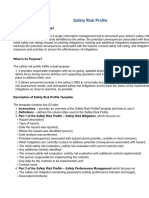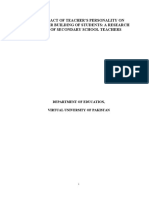0% found this document useful (0 votes)
7 views7 pagesDami Reference
The document is a compilation of various academic articles and studies focused on the impact of artificial intelligence, particularly large language models, in education and other fields. It emphasizes the need for ethical considerations, collaboration, and rigorous research in the integration of AI technologies in higher education. Additionally, it highlights the potential benefits and challenges associated with AI tools in teaching, assessment, and learning processes.
Uploaded by
olalerelayemi3Copyright
© © All Rights Reserved
We take content rights seriously. If you suspect this is your content, claim it here.
Available Formats
Download as DOCX, PDF, TXT or read online on Scribd
0% found this document useful (0 votes)
7 views7 pagesDami Reference
The document is a compilation of various academic articles and studies focused on the impact of artificial intelligence, particularly large language models, in education and other fields. It emphasizes the need for ethical considerations, collaboration, and rigorous research in the integration of AI technologies in higher education. Additionally, it highlights the potential benefits and challenges associated with AI tools in teaching, assessment, and learning processes.
Uploaded by
olalerelayemi3Copyright
© © All Rights Reserved
We take content rights seriously. If you suspect this is your content, claim it here.
Available Formats
Download as DOCX, PDF, TXT or read online on Scribd
/ 7
























